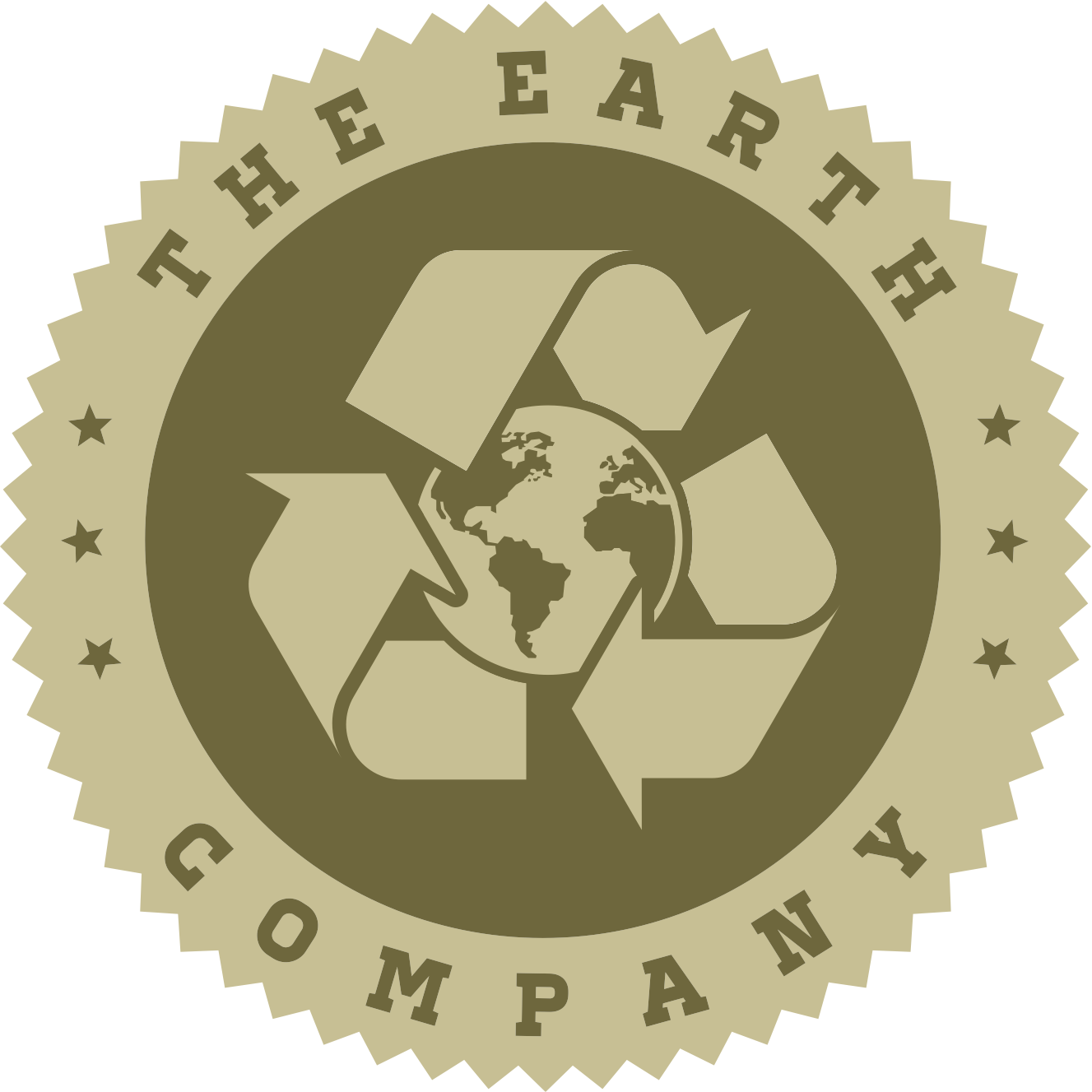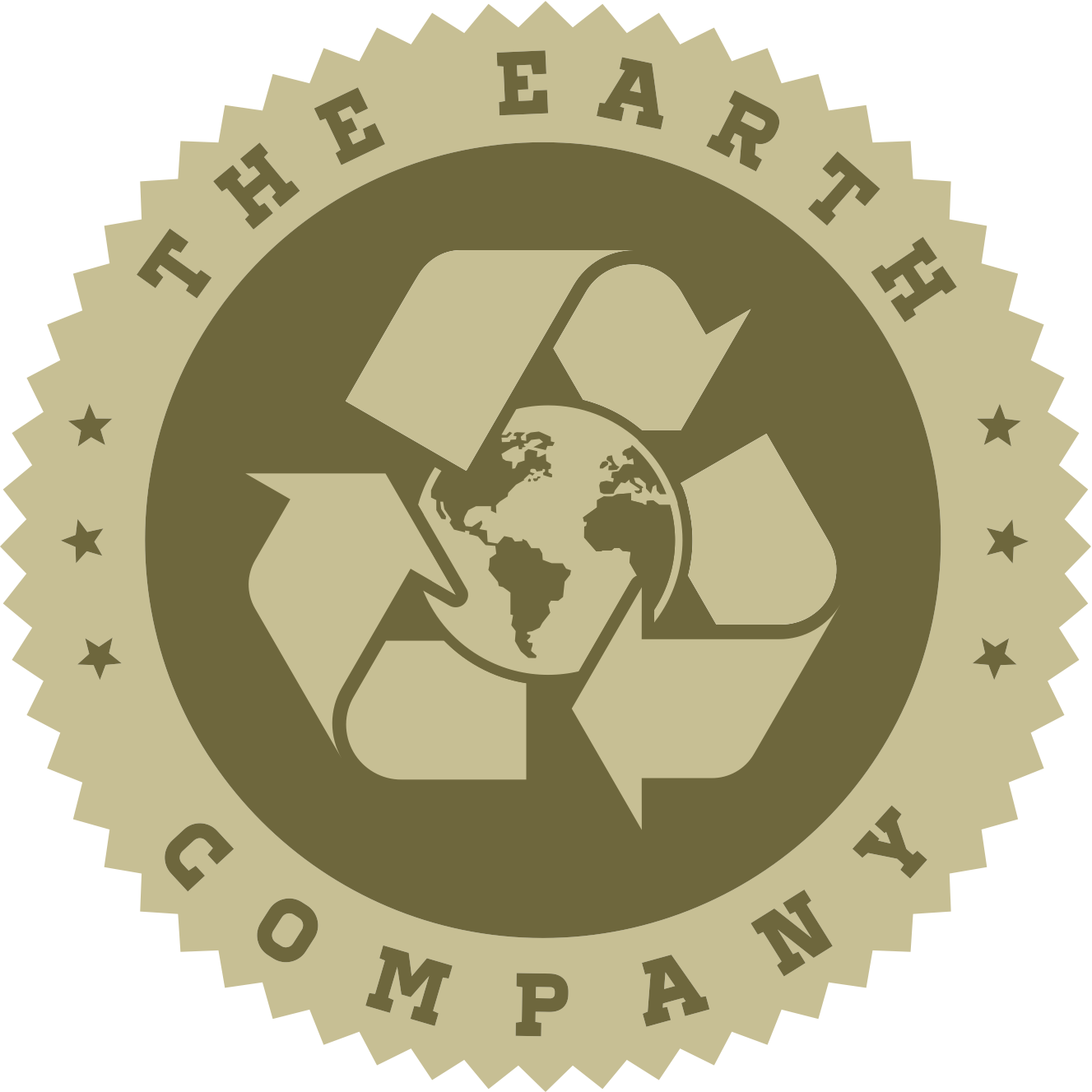 We’ve come a long way in our recycling efforts in just a few short decades. Today, millions of people regularly focus on separating their trash items so that we can limit the amount of garbage that gets added to our landfills each year.Despite all those advances, however, much work remains to be done if we are to achieve true sustainability. Ultimately, we won’t even begin to approach that goal until we manage to achieve a truly closed loop with our recycling strategies.
We’ve come a long way in our recycling efforts in just a few short decades. Today, millions of people regularly focus on separating their trash items so that we can limit the amount of garbage that gets added to our landfills each year.Despite all those advances, however, much work remains to be done if we are to achieve true sustainability. Ultimately, we won’t even begin to approach that goal until we manage to achieve a truly closed loop with our recycling strategies.
For those unfamiliar with the closed loop concept, it’s simple. Closed loop recycling involves taking all of that recycled material and turning it into usable goods. Those goods then have to be purchased by consumers who are as dedicated to the end of the recycling process as they are to its beginnings. The choice to recycle is the start of the process; the decision to purchase recycled or repurposed items closes the recycling loop. And there are a host of reasons why this can benefit our planet, and ultimately us as well:
-
The use of recycled material is better for the environment. Take plastic, for example. Recycled bottles need not go through the same factory process used to create the plastic, and that helps to reduce pollution.
-
We can also conserve resources when we recycle. Recycled paper and wood products reduce the need for deforestation, recycled plastic reduces the land demands associated with expanded drilling for oil, and recycled cloth can reduce the need for additional toxic dyes and other chemicals.
-
Recycling can reduce energy consumption as well. That can help to control demand for energy, which in turn not only reduces the amount of energy we use, but helps to maintain lower prices as well.
-
Every recycled product is one less bit of garbage in our overflowing landfills.
So, how can you make a difference and live a closed loop life? Well, start by committing to serious recycling. Learn what materials can be recycled, and how they should be separated. That can help to avoid the contamination that might otherwise render a perfectly recyclable item into something fit only for the landfill.
Then do a little research into the products you already purchase. Wherever possible, try to find out whether there are recyclable alternatives to your current favorites, so that you reduce or eliminate your own contribution to the landfills of the world. And remember, just because something can be recycled doesn’t mean that your community has the infrastructure to handle that reclamation process. Look into that as well.
Finally, commit to teaching your family members about closed loop living as well. You can certainly make a small impact on your own but the only way to multiple those results is to rally your loved ones to the cause as well. At the Earth Company, we’re trying to do our small part by providing customers with access to high-quality recycled fabric products. With your help, we believe that we can come closer than ever to closing the recycling loop and achieving the sustainable lifestyle we all desire.

